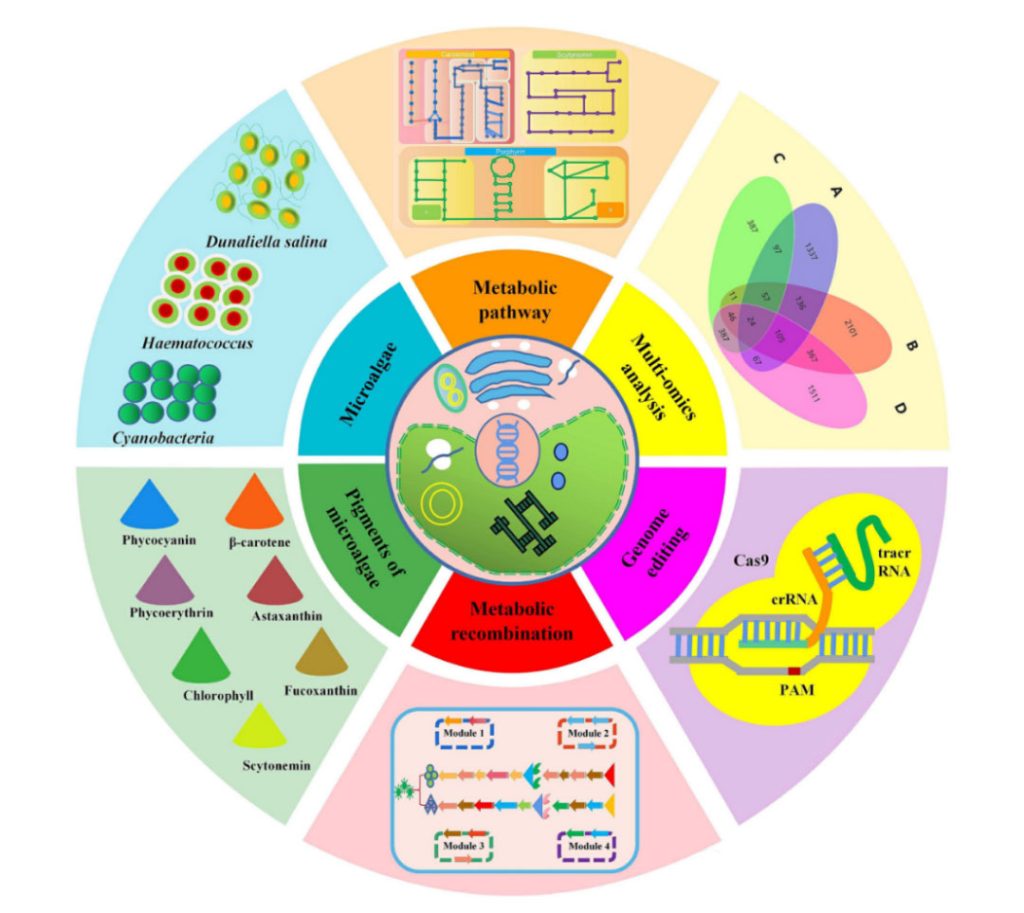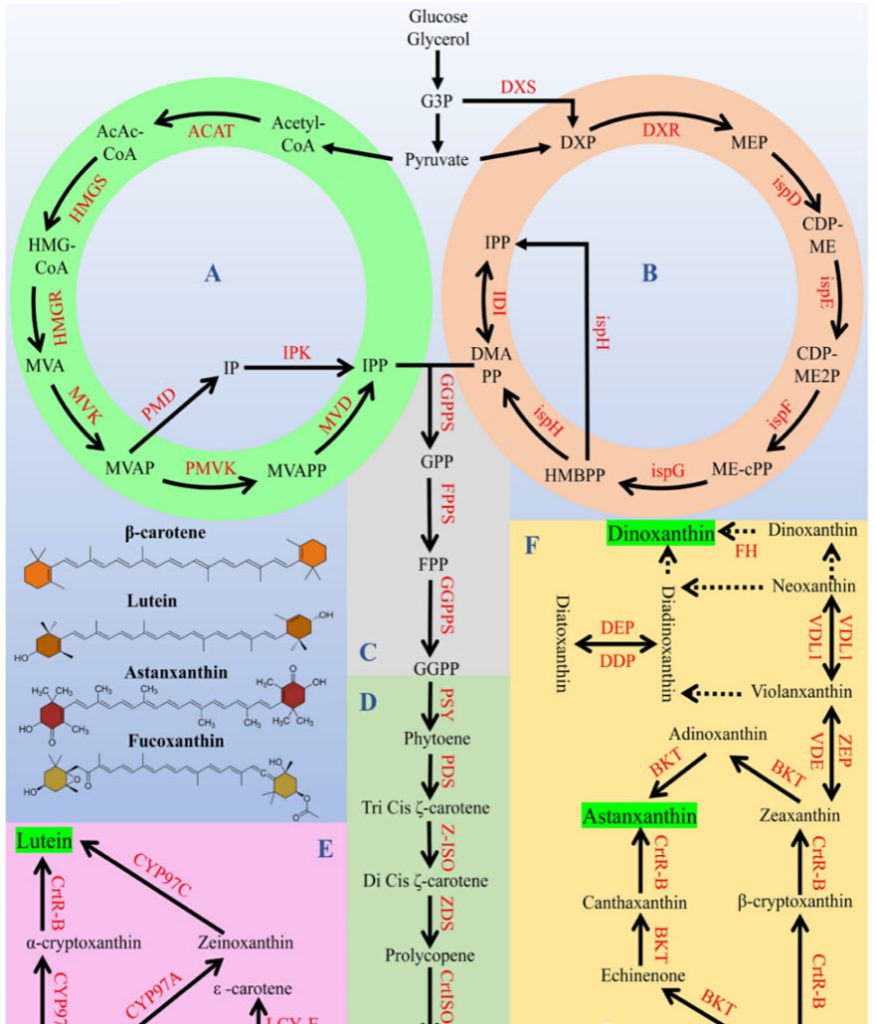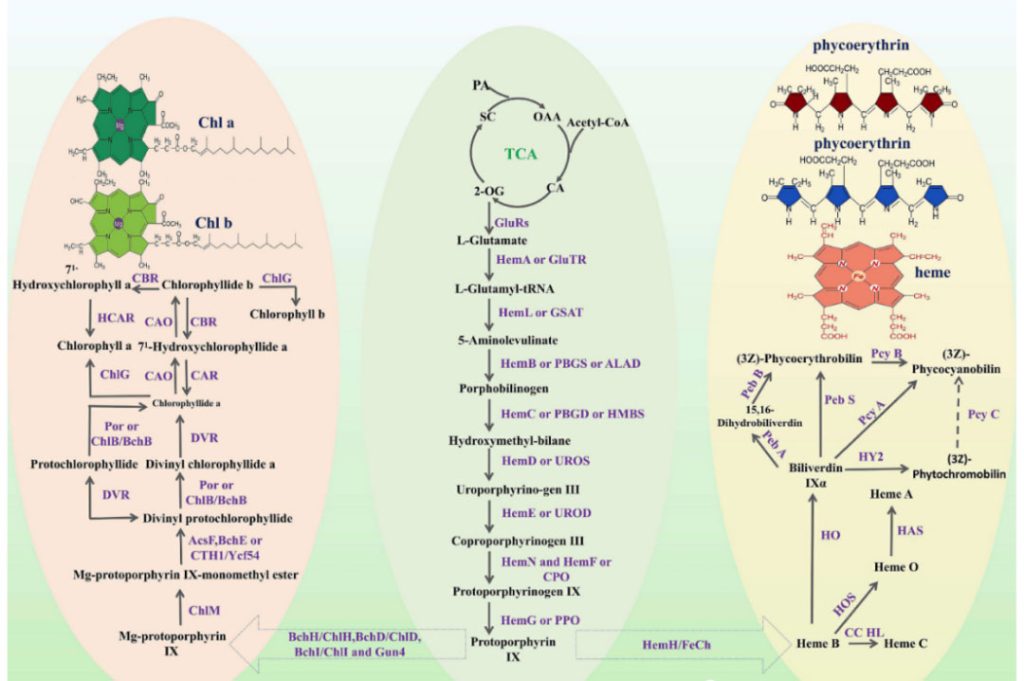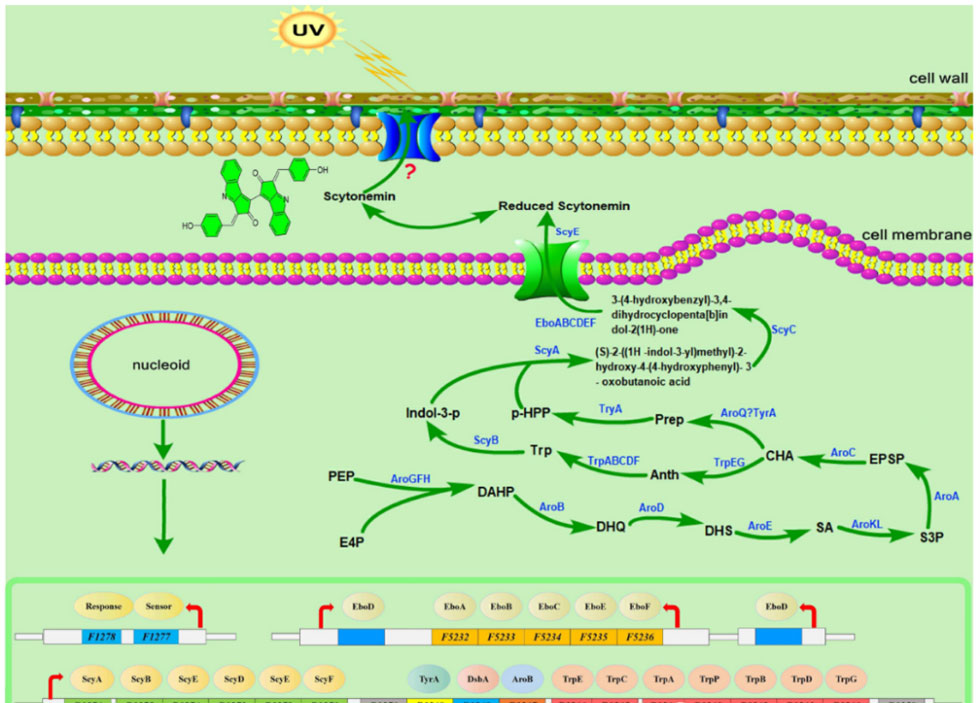Research Background
Microalgae germplasm resources are rich and have high nutritional value. They are one of the resources with the greatest potential for development but have not yet been fully utilized. As people’s health awareness increases, synthetic pigments that originally dominated the pigment market are gradually being replaced by natural pigments due to safety hazards.

Algae-derived pigments are popular in the global pigment market due to their higher bioactivity in terms of antioxidant and fluorescent properties compared to plant pigments. The major market value of the microalgae market in 2020 was dyes (USD 800 million), pharmaceuticals/chemicals (USD 500 million), nutraceuticals (USD 300 million), and cosmetics (USD 30 million).
Among microalgae, Rhodococcus pluvialis, Dunaliella salina, Spirulina and Chlorella vulgaris are the main natural producers of high-value pigments in industrial production.
However, the commercial production of micro algae pigments is severely limited by factors such as high production costs, strict culture conditions, susceptibility to contamination, and the contradiction between the accumulation of some pigments and cell growth, which severely limits the use of microalgae cell factories.
main content
1. The article reviews the types and metabolic pathways of natural pigments

Such as carotenoids, phycobilin, chlorophyll, etc.


2. article reviews metabolic engineering and synthetic biology strategies for the production of high-value microalgae pigments.
- These include precursor enhancement;
- Improve reducing power and energy supply of synthetic pathways;
- Modification and reconstruction of micro algae pigment synthesis pathway;
- Regulation of pigment synthesis pathways in microalgae;
- metabolically driven pigment accumulation;
The application of CRISPR system in the metabolic modification of microalgae pigments, the application of genomics, transcriptomics, proteomics, metabolomics, etc. And summarizes the research status based on the above technologies.


